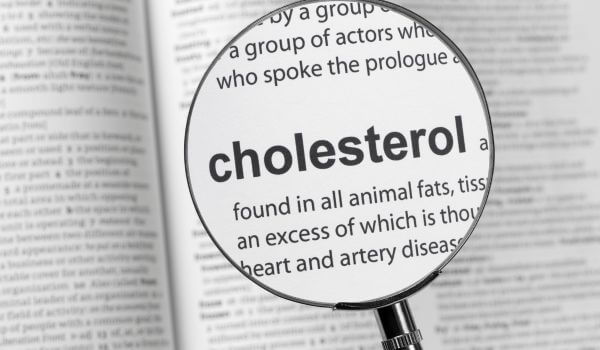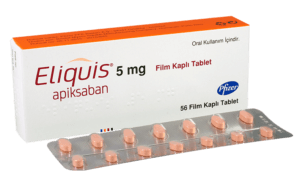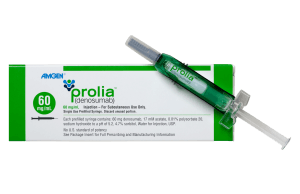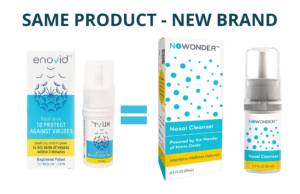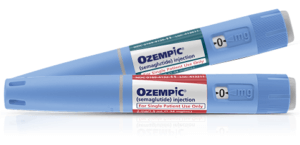
Heart Month is a program designed to raise awareness about heart health and the steps we can take to protect it. Heart disease can affect anyone, regardless of age or fitness level, but many cases are preventable with the proper knowledge and lifestyle choices. This month is about education, prevention, and making heart health a priority for everyone.
Why Heart Health Matters
Heart disease is the number one cause of death in the US, taking nearly 700,000 lives each year. Many families know the tragedy of losing someone to a heart attack, stroke, or other heart problems such as heart failure. But there’s hope. By living a healthier lifestyle and getting good medical care, many of these conditions can be prevented, and lives can be saved.
Every American should know how to take care of their heart. Regular exercise, healthy eating, keeping a healthy weight, and staying away from smoking or vaping can lower the risk of heart and coronary artery disease. Experts also suggest learning the warning signs of heart attacks and strokes and to seek medical care if any symptoms arise.
What are the main types of heart disease?
The most common types of heart disease are:
- Coronary artery disease, which is caused by the narrowing of heart blood vessels due to fatty deposits.
- Abnormal heart rhythms known as arrhythmias.
- Diseases affecting the heart valves.
- Cardiomyopathy, which involves abnormal changes in the heart muscle’s size, shape, or structure.
- Heart failure, where the heart struggles to pump or relax properly.
- Congenital heart disease, present from birth.
- Problems with the pericardium, the fluid-filled sac around the heart.
- Sudden Cardiac Arrest (SCA)
- Infective Heart Conditions (endocarditis, myocarditis)
What can cause heart disease?
Heart disease can arise from a variety of causes and comes in different forms, including but not limited to:
- High blood pressure
- Coronary occlusions (heart attacks), when blood supply to a part of the heart muscles is cut off, and the muscle is starved of oxygen
- Aging
- Thyroid disorders
- Genetic conditions
- Kidney function issues
- Scarring of the heart muscle
- Infections, including severe ones outside the heart
- Physical injury
- Rheumatic diseases
- Autoimmune diseases
- Pregnancy-related complications
- Side effects from various medications, such as some chemotherapy drugs
- Substance abuse, including alcohol, cocaine, and methamphetamine.
What are the symptoms of heart disease?
The term heart disease encompasses a broad range of conditions that can have overlapping symptoms and complications depending on the cause. These symptoms might include a fast or pounding heartbeat, sweating, lightheadedness, trouble breathing, dizziness, or fainting. Some people might experience chest or upper body pain, pressure, discomfort, neck pain, heartburn, or indigestion. Other symptoms include nausea, vomiting, swelling in the lower body, tiredness, trouble sleeping, difficulty with exercise, and even fever.
What are the most commonly prescribed medications for preventing heart attacks?
Several medications are often prescribed to help prevent heart attacks in individuals at high risk for heart disease who have not experienced one yet. These include:
- Statins like Lipitor and Crestor are medications designed to reduce blood cholesterol levels and lower the risk of blockages in the main blood vessels that can lead to heart disease. Fibrates (such as Tricor or Bezalip) are another class that helps reduce cholesterol levels.
- Antiplatelet drugs such as Brilinta and Plavix help prevent blood clots and lower the risk of heart attacks and strokes. Examples are. Aspirin also works to stop blood clots from forming.
- Beta-blockers such as Tenormin or Coreg
- Diuretics such as Lasix, Moduret, or Lozol help reduce blood pressure and lower the risk of heart disease by improving the kidney’s ability to remove excess fluids.
- High blood pressure is a significant risk factor for heart disease, and medications to lower blood pressure are commonly prescribed, such as:
How To Get Involved in American Heart Month
- Join the #OurHearts campaign by sharing how you and your loved ones are staying heart-healthy on social media. Use the #OurHearts hashtag and inspire others to do the same. Share an NHLBI’s #OurHearts video on your social platforms, or play it at your next team meeting to encourage heart-healthy collaboration.
- Dress in red on the first Friday of February for American Heart Month’s National Wear Red Day to support heart disease awareness. Use NHLBI’s Wear Red Day resources to help spread the message.
- Try a new heart-healthy recipe each week and ask loved ones to share their own. Check out NHLBI’s recipe collection for ideas.
- Create a social support contract with three friends or family members who share your heart health goals for motivation and accountability.
- Create and share a Pinterest board filled with heart-healthy recipes. Make it public and encourage others to contribute their favorites.
- Use NHLBI’s slides to present heart health tips in online sessions, faith-based gatherings, or on public information screens in clinics or shared spaces.
Are you not sure where to start? The American Heart Month Planning Checklist page has simple steps to help you plan outreach activities from December to February.
FAQs
What is National Wear Red Day?
In 2025, February 2nd is National Wear Red Day, which encourages people to wear red clothing to raise awareness for heart health.
What are the main risk factors for heart disease?
Certain health conditions, lifestyle choices, age, or family history can make heart disease more likely. These are called risk factors. Major risk factors include high blood pressure, high cholesterol, and smoking. Some things, like age and family history, can’t be changed, but many risk factors can be reduced by making healthier choices.
What are the main causes of heart failure?
There are several possible causes of heart failure. Some are related to the heart itself, such as a heart attack (myocardial infarction), high blood pressure (hypertension), diseased heart muscle or valves (structural defects), infection of the heart muscle, or abnormal heart rhythm. Outside influences such as anemia, pulmonary hypertension, and amyloidosis can affect the heart and also lead to heart failure, as can prolonged practices such as excess alcohol consumption, smoking, or use of recreational drugs.


